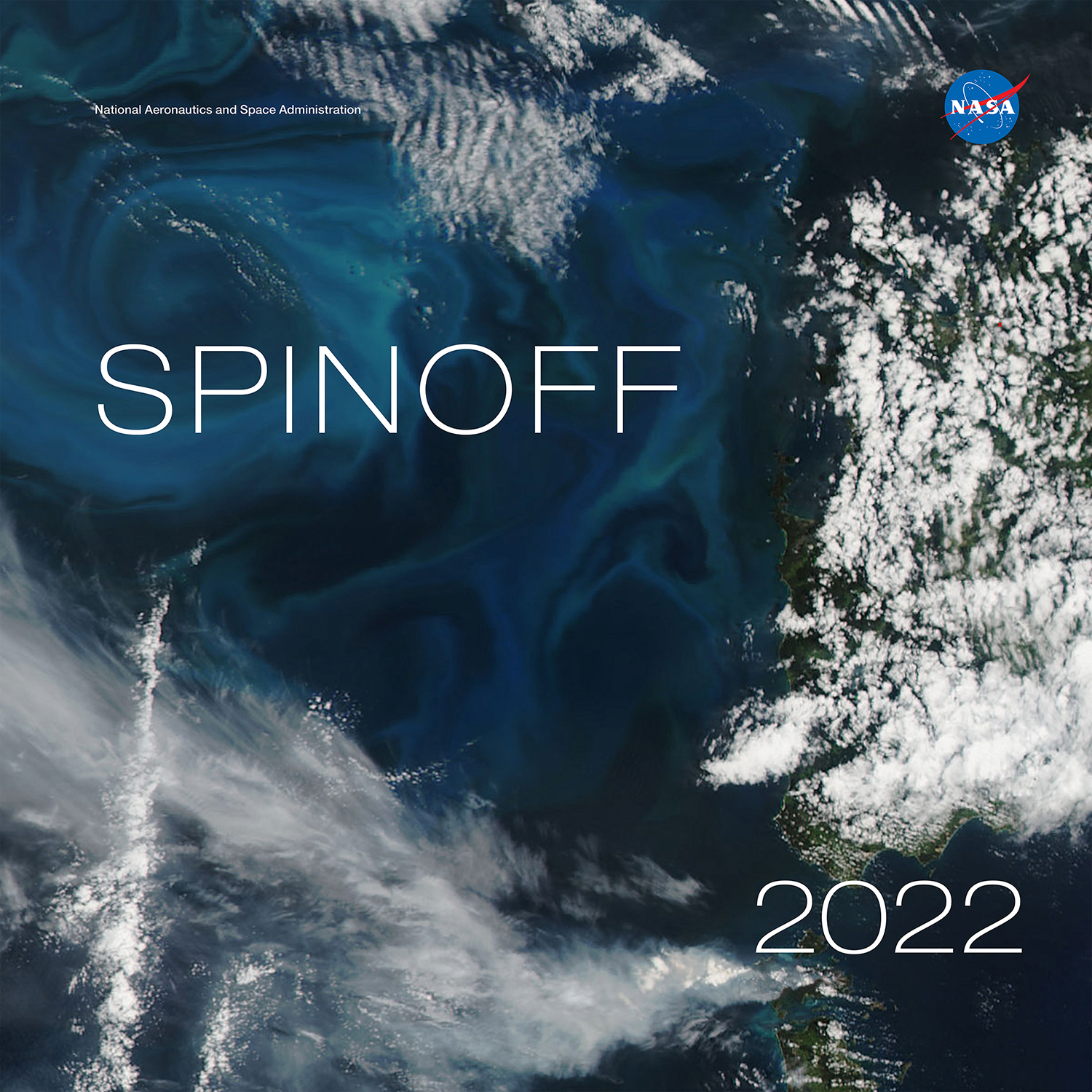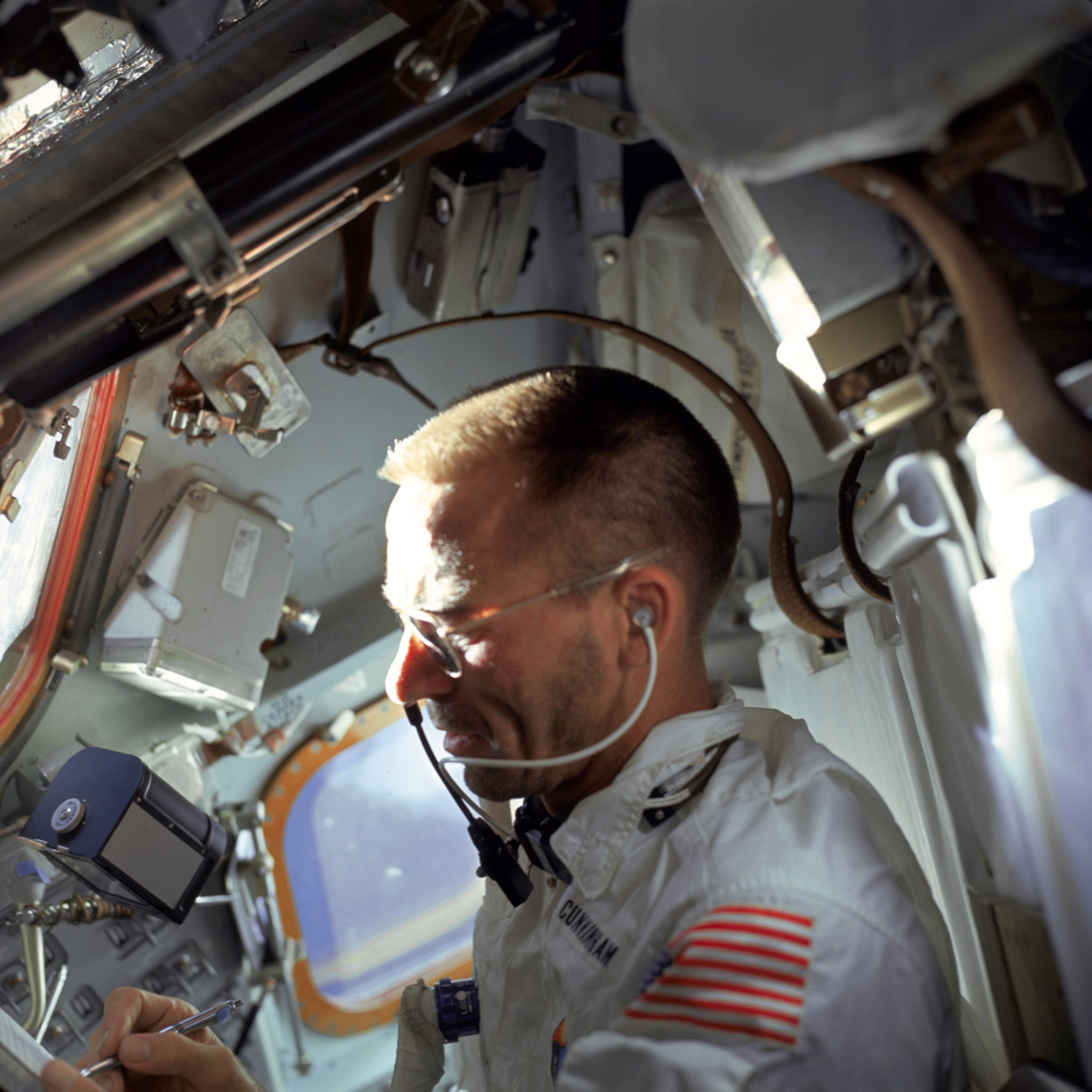
NASA’s mission of exploration requires new technologies, software, and research – which show up in daily life. The agency’s Spinoff 2022 publication tells the stories of companies, start-ups, and entrepreneurs transforming these innovations into cutting-edge products and services that boost the economy, protect the planet, and save lives.
“The value of NASA is not confined to the cosmos but realized throughout our country – from hundreds of thousands of well-paying jobs to world-leading climate science, understanding the universe and our place within it, to technology transfers that make life easier for folks around the world,” NASA Administrator Bill Nelson said. “As we combat the coronavirus pandemic and promote environmental justice and sustainability, NASA technology is essential to address humanity’s greatest challenges.”
Spinoff 2022 features more than 45 companies using NASA technology to advance manufacturing techniques, detoxify polluted soil, improve weather forecasting, and even clean the air to slow the spread of viruses, including coronavirus.
“NASA’s technology portfolio contains many innovations that not only enable exploration but also address challenges and improve life here at home,” said Jim Reuter, associate administrator of the agency’s Space Technology Mission Directorate (STMD) in Washington. “We’ve captured these examples of successful commercialization of NASA technology and research, not only to share the benefits of the space program with the public but to inspire the next generation of entrepreneurs.”
This year in Spinoff, readers will learn more about:
- How companies use information from NASA’s vertical farm to sustainably grow fresh produce
- New ways that technology developed for insulation in space keeps people warm in the great outdoors
- How a system created for growing plants in space now helps improve indoor air quality and reduces the spread of airborne viruses like coronavirus
- How phase-change materials originally developed to help astronauts wearing spacesuits absorb, hold and release heat help keep race car drivers cool
Other highlights include one of the first robotic commercial lunar landers, developed with NASA mentorship and technology investment, which is slated to deliver NASA science and technology payloads to the Moon in 2022 under the agency’s Commercial Lunar Payload Services initiative. The publication also features a grip-strengthening glove based on a robotic astronaut assistant that helps reduce workplace stress injuries, as well as detect-and-avoid systems, flight simulators, and a navigation app that enable remotely piloted aircraft to fill the sky. And it tells the story behind the Space Pen.
“These NASA technologies are not only giving companies and entrepreneurs a competitive edge in their own industries but are also helping to shape budding industries, such as commercial lunar landers,” said Daniel Lockney, Technology Transfer program executive at NASA Headquarters in Washington. “NASA is much more than rocket launches and astronauts. We’re about improving the quality of life for people all around the world.”
The book also features a Spinoffs of Tomorrow section that highlights 20 NASA technologies ripe for commercial application and available for licensing. These include a next-generation biometric identity verification system to unlock phones and computers using heartbeats, a nanomaterial thin-film device that can convert carbon dioxide into fuel, and a self-healing aluminum that can repair cracks and reverse damage in structures such as aircraft, tanks, and fuel lines.
Spinoff is part of the agency’s Technology Transfer program within STMD. The program is charged with finding the widest possible applications for NASA technology through partnerships and licensing agreements with industry, ensuring that NASA’s investments in its missions and research find additional applications that benefit the nation and the world. The program offers several resources for potential licensees in industry, academia, and beyond, including:
- A webinar series featuring NASA inventors that offers an up-close look at their technology and the potential applications
- Entrepreneur training through reoccurring NASA Startup Studio events and an accelerator focusing on collaboration with Historically Black Colleges and Universities
- Special licensing terms for qualified startups that waive the initial licensing fees
Those interested in licensing NASA technology are encouraged to begin their search by browsing the agency’s patent portfolio.
To read or download the digital version of the latest issue of Spinoff, visit:
-end-
Sarah Frazier
Headquarters, Washington
202-853-7191
sarah.frazier@nasa.gov




























